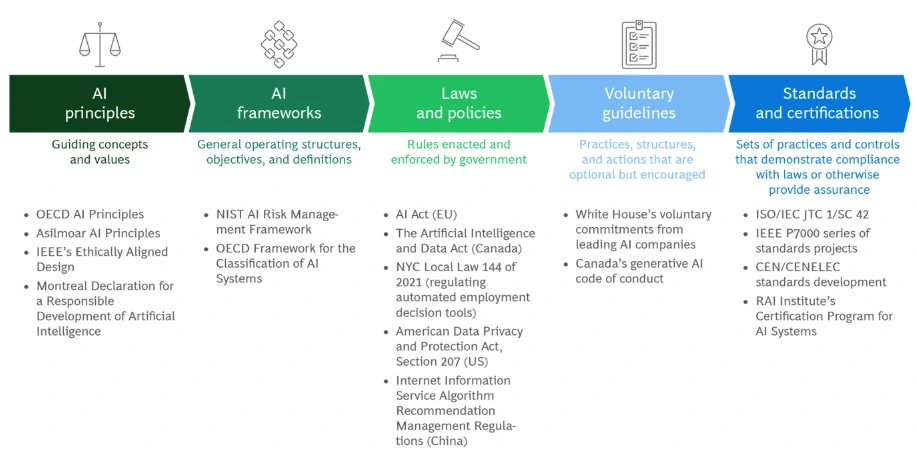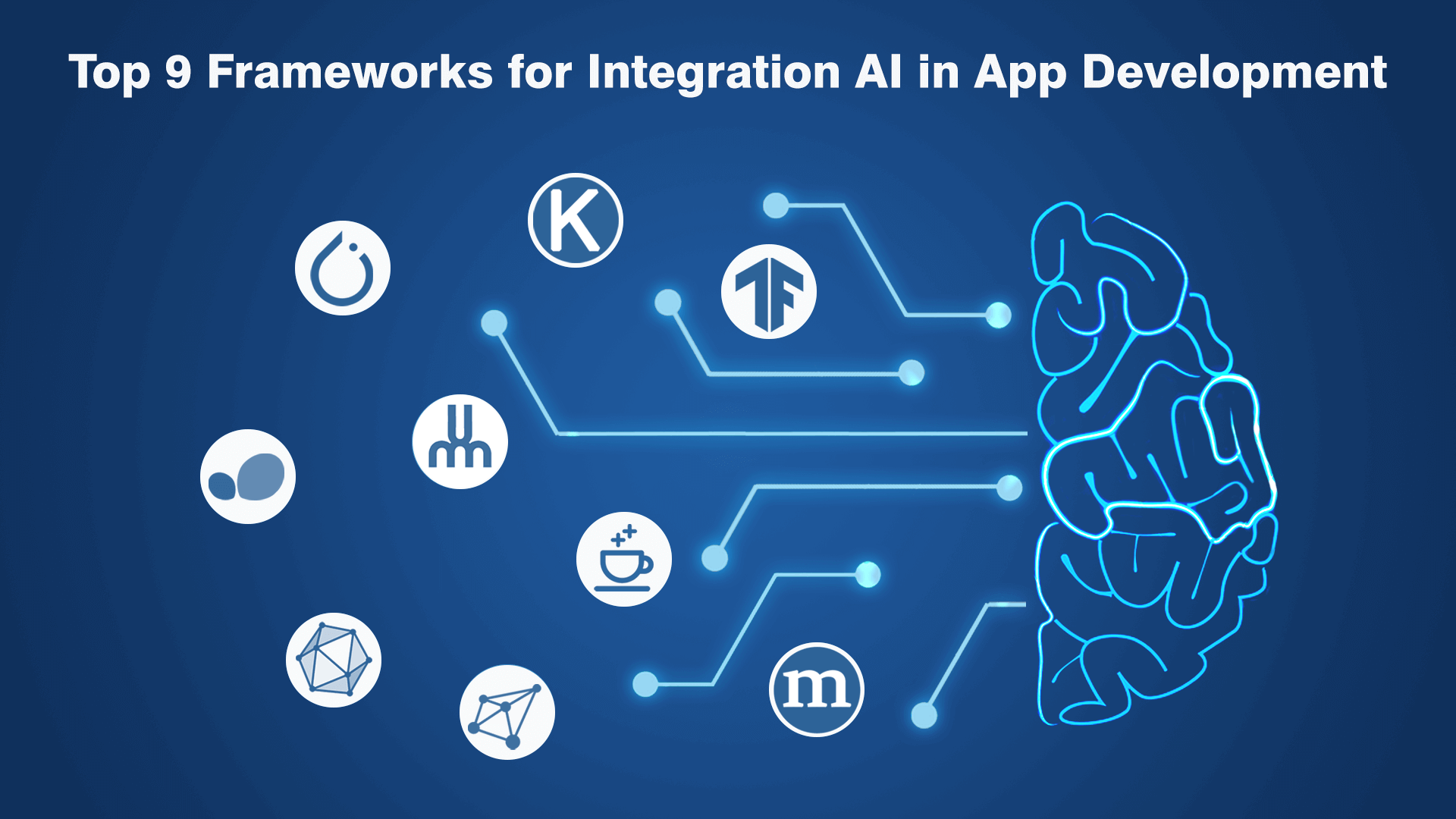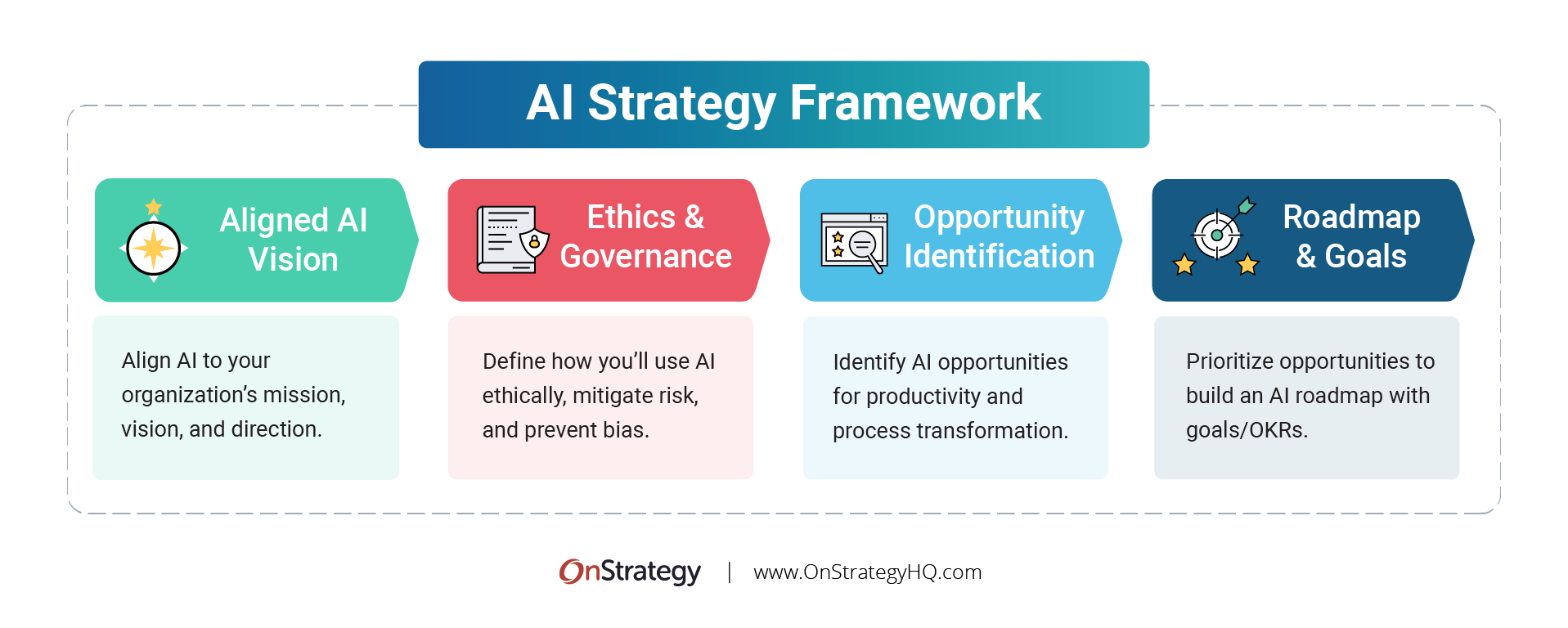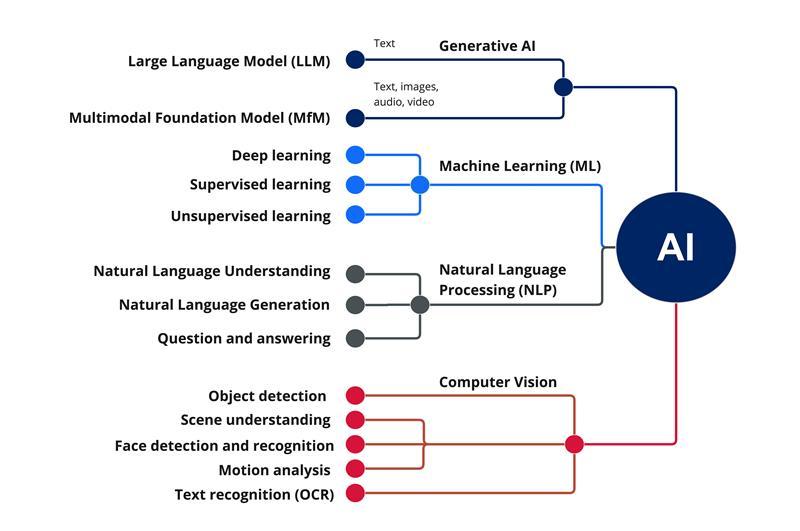AI Programming Frameworks
(2025-07-22T23:01.706Z)
Perplexity Query
(2025-07-22T23:01
.706Z)
Question:
Write a comprehensive one-page article about "AI Programming Frameworks".
Structure the article as follows:
- Introduction (2-3 sentences)
- Define the term and its significance
- Provide context for why it matters
- Main Content (3-4 paragraphs)
- Explain the concept in detail
- Include practical examples and use cases
- Discuss benefits and potential applications
- Address any challenges or considerations
- Current State and Trends (1-2 paragraphs)
- Discuss current adoption and market status
- Mention key players or technologies
- Highlight recent developments
- Future Outlook (1 paragraph)
- Predict future developments
- Discuss potential impact
- Conclusion (1-2 sentences)
- Summarize key points
- End with a forward-looking statement
Important Guidelines:
- Keep the total length to approximately one page (500-800 words)
- Use clear, accessible language
- Include specific examples and real-world applications
- Make it engaging and informative for a general audience
- Use markdown formatting for structure
Image References:
Include
after the introduction.
Include

after the main content section.
Include
before the conclusion.
Replace "AI Programming Frameworks" with the actual vocabulary term in the prompt.
Model: sonar-pro
Response from sonar-pro:
AI Programming Frameworks
Artificial intelligence (AI) programming frameworks are collections of libraries, tools, and APIs that provide the foundation for building, training, and deploying AI models. These frameworks are significant because they drastically streamline the development process, making it possible for researchers, data scientists, and enterprises to create sophisticated AI solutions more efficiently—driving innovation across industries[1][3]. As AI adoption surges in areas from healthcare to finance, these frameworks have become essential tools for scalable, secure, and trustworthy AI deployment[1].
AI programming frameworks emerged from research communities seeking to support neural network development, evolving quickly into robust ecosystems supporting machine learning (ML) and deep learning applications. Popular frameworks such as TensorFlow (developed by Google), PyTorch (by Facebook), and Keras have democratized access, catering to both experts and newcomers[1][2][4]. These frameworks offer:
- Pre-built packages and libraries for data preparation, model training, and evaluation
- Implementations of common algorithms and pre-trained models, ready for fine-tuning
- APIs that support multiple programming languages
- Tools for automating hyperparameter optimization and performance analysis[1][3]
Practical examples abound. TensorFlow powers everything from image and speech recognition to complex Neural Networks used by major tech firms[2][3]. PyTorch’s flexible architecture makes it ideal for academic research as well as commercial innovation—examples include dynamic AI-driven recommendation systems or real-time natural language processing tools[2][3]. Keras, with its user-friendly design, accelerates rapid prototyping and iteration, making it a favorite among startups and educators[3].
The benefits of AI programming frameworks are clear:
- They reduce development time and complexity by providing ready-to-use components[4].
- Enable scalability for deploying AI models in production.
- Enhance collaboration and reproducibility, as open-source frameworks are updated and refined by global communities[2][4].
However, there are challenges. Each framework can differ in learning curve, performance, and integration capabilities, meaning teams must carefully choose based on project requirements and expertise[4]. Additionally, as the AI landscape evolves, keeping up with framework updates and compatibility between tools can be demanding for organizations.
AI programming frameworks have become standard tools across industries and are widely integrated into cloud services, MLOps pipelines, and enterprise solutions. TensorFlow and PyTorch dominate in both industry and research, with tens of thousands of open-source projects and plugins supporting them[2][3]. The frameworks’ open-source nature encourages community contributions, resulting in rapid feature development, bug fixes, and innovative add-ons.
Recently, the trend is toward greater interoperability, automation, and no-code or low-code solutions. New entrants and existing frameworks are making it easier for non-experts to build AI models by providing graphical interfaces or high-level APIs. Additionally, distributed computing and edge AI capabilities are expanding, enabling frameworks to handle massive datasets and real-time inference on consumer devices[1][3].
[IMAGE 3: AI Programming Frameworks future trends or technology visualization]
Looking ahead, AI programming frameworks are expected to become even more user-friendly and autonomous. Integration with automated machine learning (AutoML), improved explainability, and tighter security measures are likely. This means even broader adoption, powering everything from autonomous vehicles to personalized education, as well as enterprise-level automation at greater scale and reliability.
As these frameworks evolve, they will remain at the heart of AI innovation, accelerating the creation of intelligent systems and opening up new possibilities for businesses and society alike.
Sources
[1] https://www.ibm.com/think/topics/ai-frameworks
[2] https://rock-the-prototype.com/en/artificial-intelligence-ai/ai-frameworks/
[3] https://www.coherentsolutions.com/insights/overview-of-ai-tech-stack-components-ai-frameworks-mlops-and-ides
[4] https://www.debutinfotech.com/blog/ai-tools-and-frameworks
[5] https://www.splunk.com/en_us/blog/learn/ai-frameworks.html



